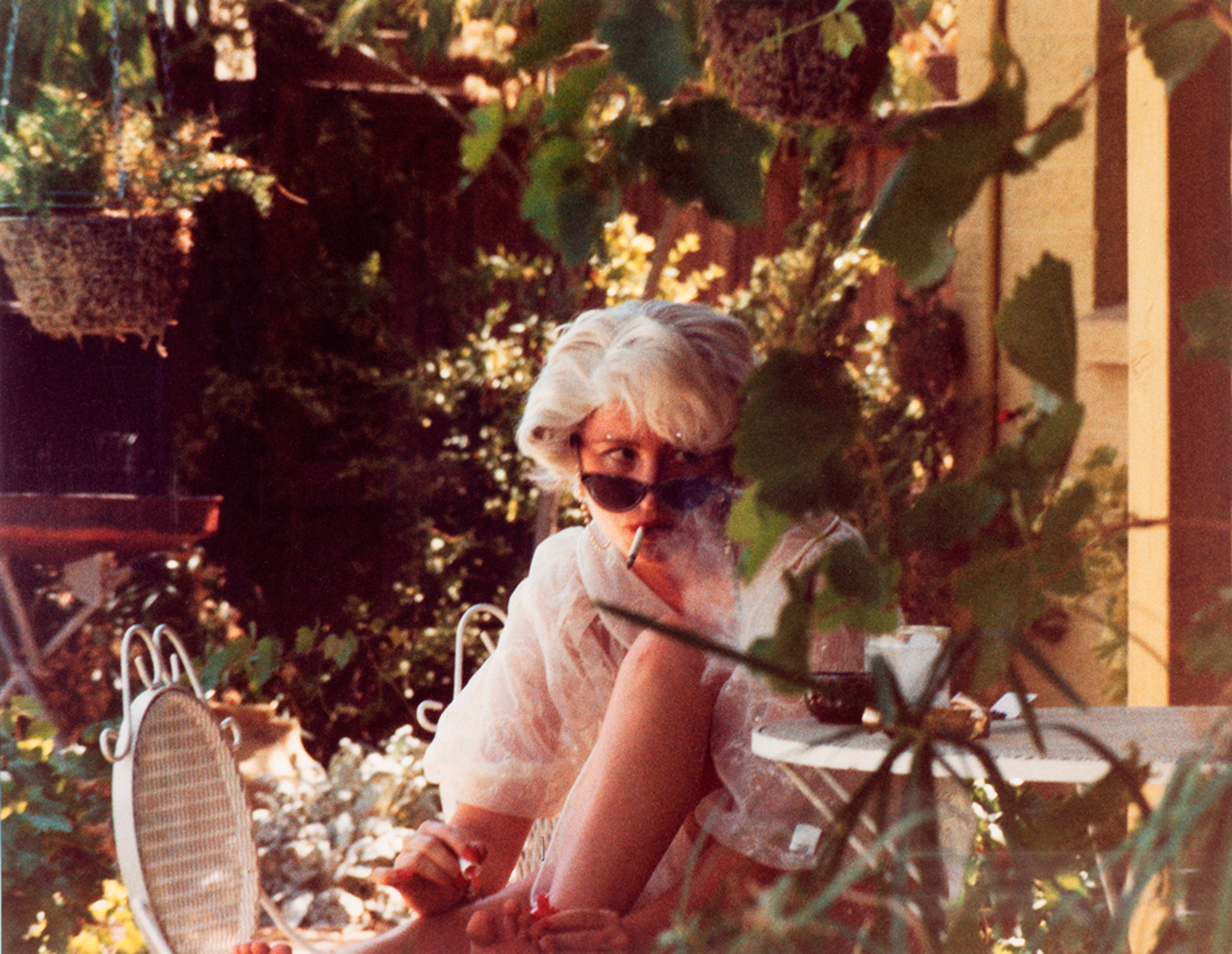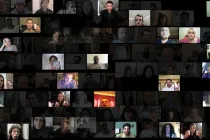
Charlotte Cotton: One of the interesting things about curating Public, Private, Secret—and something that I did not anticipate—is just how personal a journey it has been through the issues that the exhibition raises. So I wanted to ask you both about what part of your histories have been brought to bear on curating this exhibition and what you have learned from the experience of making Public, Private, Secret.
Pauline Vermare: The biggest revelation that I will take from the experience of cocurating this exhibition is how the historical photographs from the International Center of Photography’s Collections are brought into the present day. They read in a completely new way in Public, Private, Secret. This exhibition is, for me, about learning how to read a photograph again. It’s all about the context and the correspondences that we establish between historical and contemporary photography. There are many layers to the exhibition and I think what people will remember is photography and image making all working together to create meaning.
CC: I think what the exhibition centers on is the idea of photography rather than the more literal approach of a photograph being a physical manifestation or illustration of an idea. As a result, it’s quite a cerebral experience—even if you come from a very classical understanding of photography—to have photographs that you may already know be contextualized by their connections with contemporary works and the curation of real-time media streams. I think it makes the meaning of photography aptly malleable.
PV: And I feel like the exhibition makes you—the viewer—analyze this. I think there is so much space made for this and it’s an exhibition that you really read. With the treatment of the text [by graphic designer Geoff Han] there is yet another example of how this exhibition is designed to encourage you to read the photographs. I also think that we get a glimpse into how your mind works in this exhibition, Charlotte! I don’t want to analyze you—this is the first time that we have worked together—but I think we get a real sense of how you see photography and where it is heading. We are in the wilderness of photography and I think the exhibition is proof of that.
CC: I think that the exhibition’s tone is one that is intended to entirely empower viewers to make their own connections and decisions about the state of image making—through the lens of privacy. An active and subjective viewing experience can only be made if you, as the curators, are willing to undertake that same journey and be the first readers of the exhibition. We aren’t claiming to be the world experts on the issue of privacy—the societal jury is still out on how we will remember or define the push-and-pull of the boundaries, or lack of boundaries, between our public and private sense of self. Rather, we are creating an experience that generates individual engagement with this central social issue, which could not be created if we had been rigid in our thinking of how that discursive and generative space could be manifest in an exhibition form. I am impressed and forever grateful to you both for being so willing to unfix your hard-won preconceptions and knowledge about photography!
Marina Chao: From the outset, when we first started to think about the depth with which we would investigate this issue of privacy, we did not question that photography and video would be in dialog and that the exploration had to be a statement about visual culture at large. Every artist who became part of this exhibition had a real and personal stake in the subject of privacy. It is so clear that the complex and timely conversation we want to create is shared with the participating artists—
CC: —and with the inclusion of the monitors showing curated real-time media [curated by Mark Ghuneim] that are constantly changing the reading that can be made in the exhibition. As an event happens, and something changes in our world, it impacts on the experience and reading of the exhibition. For me, it is very important that we asked ourselves some pretty fundamental questions about what can happen when you come to a physical space to engage with such a constantly changing and morphing subject as the social implications of privacy on photography and visual culture.
PV: And also the political implications. ICP has, of course, throughout its history tackled pressing political issues. But I think that the dynamic of this exhibition—because it invites you to take the subject of privacy so personally and read between the lines of all the juxtapositions we make—may mean that it is the most political exhibition to date.
CC: I think the turning point for me was when we decided to create a clear counterpoint to all of the works that were concerned with state surveillance and corporate data-mining of human beings and their behaviors. Even though the exhibition includes many, many examples of artists who subvert and critique these militating forces, I think it is in the inclusion of incredible contemporary and historical works that speak to the significance of self-representation and being seen that the meaning of this exhibition really came together.
PV: There is something profoundly altruistic in this exhibition, with its core message about the agency—the empowerment—of self-representation. It’s a story about what photography can do. It immediately becomes a personal, social, and political issue and it’s incredibly moving.
CC: Something that we shared in our approach to curating this exhibition was that we did not want to fetishize the militating forces—state surveillance, exhibitionistic celebrity culture, the turning of our bodies into metadata, for instance—that impact on our sense of privacy. We definitely did not want to curate yet another surveillance exhibition. Instead, we have aimed for an exhibition in which you feel—in a real, bodily sense—the subject of privacy and your own position within it, and create an environment where you are being asked to conduct a very active and personal form of viewership. From the outset, I talked about the exhibition being made from “constellations” of photographic material—I don’t think the experience could have been achieved by a more linear approach to the installation. It had to be driven by the relationships between the works, which meant also that the spatial design had to move our eyes and bodies in a nonlinear fashion.
PV: The design of this exhibition [by spatial designers Common Room] has such an impact on the experience. Ultimately, this exhibition has come to life via real, creative collaboration between curatorial and design perspectives. It has led to great subtlety and to an extraordinary finesse when it comes to the encounters between seeing and being seen that embody Public, Private, Secret.
CC: And as soon as Common Room introduced the idea of having mirrors and transparent walls in the exhibition design, we really went for it! And designed the layout of the works so that there is a constant prospect of the viewer’s body completing and activating the depth of meaning within the works on view.
MC: Our starting point was to think about the timeless, psychic tendencies that pervade the story of photography—voyeurism and exhibitionism—and we made that our jumping-off point. It was difficult at first to understand where image making figures in this psychic map but it led us to making the stakes incredibly personal and focused on the emotional power of photography and its contemporary urgency. There’s a real sense of how photography and visual culture are indelibly tied to, and implicated in, our deepest desires and anxieties—bound up in our sense of our public, private, and secret selves.
This interview was originally published on publicprivatesecret.org on June 13, 2016.





